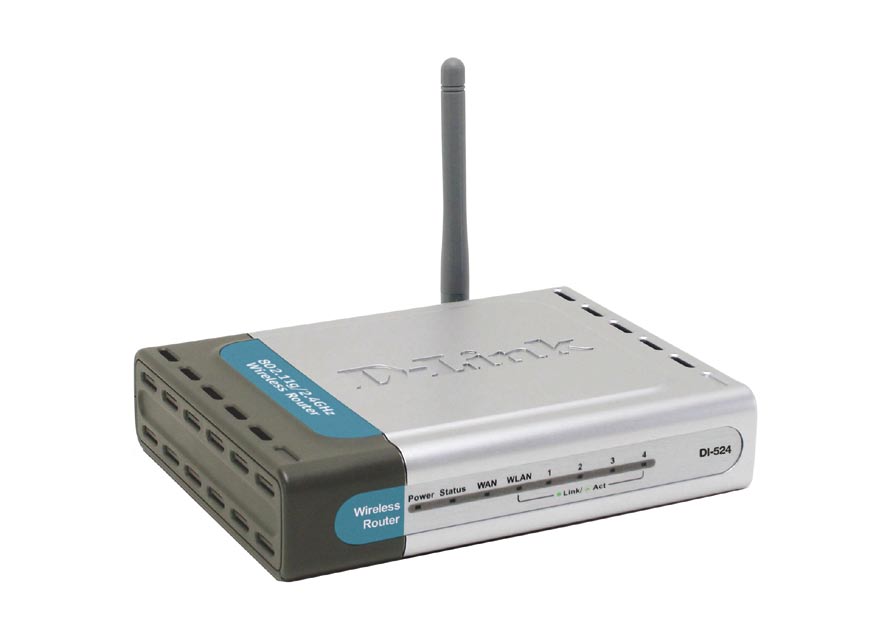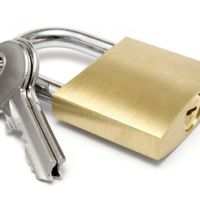There is much discussion on the Internet about the best method for backing up digital photos. Some say CD/DVDs are the best media, while others prefer hard drives or tapes. In my opinion there is no right way to back up digital photos as each method has its advantages and disadvantages. I will discuss the various media and their advantages and disavantages in this post, and then discuss the method I use to back up my digital photos.
Optical Media (CD/DVD)
CD/DVDs are perhaps the most popular method for backing up digital photos, as most computers now come with a burner and software. Most photo organizing software also include the ability to burn your photos to a CD/DVD.
Advantages: Very little cost to storing your digital photos, as your computer probably includes a burner. You can buy CD/DVD spindles that include hundreds of blank discs for a few dollars. A single layer, single-sided DVD can hold up to 4.7GB, which means you can store thousands of photos on a single DVD.
Disadvantages: The biggest and possibly most talked about problem with optical media is that they could develop problems as time passes. This could lead to you digital photos becoming unreadable. To help minimize read problems in the future, only buy name brand CD/DVDs.
Another disadvantage with CD/DVDs is the fact that they are a progressing technology. This means that in a few years they will be replaced by another form of optical media. For example, the CD is now being replaced buy the DVD, which in turn is slowly being replaced by high-definition DVDs. This means that you will have to eventually move your backups to the next generation of optical media every few years.
Hard Drives
Hard drives can store enormous amounts of information, much more than either tapes or CD/DVDs. All computers come with at least one built-in hard drive so you don’t need to buy anything else. An external hard drive, however, is preferred for backing up data.
Advantages: As mentioned they have massive amount of storage capacity, meaning one hard drive can probably store your entire digital photo collection. You would only have to purchase the drive and no additional media. An external hard drive is very common today, and can connect to your computer through the USB port. This keeps your data safe in case your computer fails and you need to reinstall your operating system. Unlike the other media, hard drives have been around for many years, and although the technology may change, you will still be able to use your current hard drive for many years.
Disadvantages: The biggest problem that you can run into would be a hard drive failure. Always keep in mind that anything with moving parts can break, and a hard drive is no exception. If you take care of your hard drive, then it should last for many years.
Magnetic Media (Tape)
This is not as popular for a home user as it is for a business user. Tapes are popular for a business since they can store much more than a CD or DVD, and they are more reliable.
Advantages: Tapes, as mentioned, can store a large amount of data, although not as much as a hard drive. Not only can they store a lot of data, but they can also be erased and rewritten many times. If you take care of your tape, then it can last for many years.
Disadvantages: Out of the media mentioned in this post, tape backup is probably the most expensive. You would need to buy a tape drive, and then the individual tapes, and depending on the type you buy it can be quite expensive. This is one of the reasons tapes or used more in business than at home. Tapes can also degrade if used on a frequent basis, which could cause problems with your data, so just like the other media you will need to take care of your tapes.
Online
This type of backup isn’t discussed as frequently because most don’t think about using an online service to store their data. There are many places online that can provide you with enough disk space for your entire digital photo collection, but you will need to research the best Web site that suits your needs.
Advantages: One of the biggest advantages is that you don’t need to worry about resaving your data as technology progresses. Your chosen online company will do that for you. Another advantage is that the online company probably has a good backup and restore system in place in case of a hardware problem (at least you hope). This will help ensure that you never lose your data.
Disadvantages: You will probably need to pay a monthly fee to store your data on the servers, and depending on your budget, this may not work for you. You will also need to do much research into the online company first to ensure that your data is safe and secure. The last thing you need is to see your digital photos all over the Internet because someone accessed your backups.
My Method for Backing Up
After reading this post, you may be wondering how I choose to back up my digital photos. Here is what I do:
- First I copy the digital photos to an external hard drive. I use a Western Digital 250GB hard drive which has more than enough storage space for my needs. This also allows me to pull up the pictures at anytime without having to find a DVD first.
- I then backup the same photos to a DVD (usually one for each year). This allows me to keep my digital photos off site in case something happens.
- I also maintain my collection of digital photos on an online Web site. This provides extra protection for my photos.
As you can see I don’t stick with one method of backing up my digital photos. The best thing you can do when backing up your photos is to make multiple copies. This way if one copy doesn’t work, you have another.
Summary
I discussed the various media that you can use to back up your digital photos. I have also described the method I use to backup my photos. After reading this post, I hope that you will be able to choose your preferred method to keep your photos safe for many years. Remember: always make multiple copies of your data.


